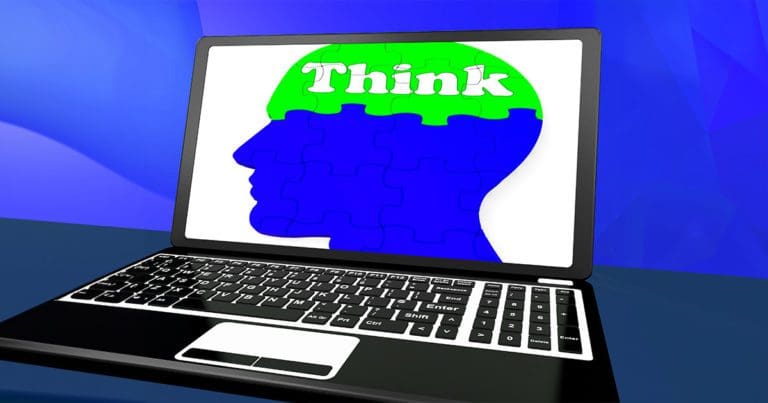Taking breaks to support learning may seem counterintuitive. We might assume that learning results from students listening intently, practicing a new skill, or concentrating on a new concept. Certainly, absorbing information and practicing the application of a new skill are important, but it turns out that brief breaks from focusing and working also play a key role in the process of learning.
In fact, several recent studies have documented that when students are engaged in learning a new concept or skill, a brief time away from intense thinking can increase their rate and depth of learning. A study that utilized highly sensitive brain scans found that when students took a break from learning, their brains remained on the task, flipping between processing the information and storing it in the memory at amazing speeds, repeating the transfer dozens of times in as little as 10 seconds!
Periodic breaks during learning have also been shown to enhance learning focus, increase engagement, improve cognitive functioning, and support other learning-related factors. Failing to give students’ brains opportunities to process new learning risks compromising the work we do to introduce and reinforce said new learning.
The frequency of “brain breaks” matters. Researchers suggest that young learners can benefit from breaks as frequently as every five to fifteen minutes during intense focus and practice. For older students, breaks every twenty to thirty minutes appear optimal. Brain breaks do not have to be long; as little as three to five minutes can be enough for students to be able to refocus and continue learning. Although, when what students have been learning is particularly challenging and exhausting, we may need to extend the break with a walk outside or trip to the gym to run around.
Furthermore, what students do during brain breaks matters. Physical activities, from standing and stretching to running outside, and from mingle minutes (walking about and conversing with classmates) to dancing beside their desks accompanied by energetic music all are possibilities. We need to consider the age of students, their current levels of energy, and the time and space available to us. The goal is to have students shift their conscious attention away from what they have been learning to allow their brains to process, organize, and refocus. Consequently, whatever we have students do needs to feel like a break, not an extension of what they have already been doing.
The bottom line: Breaks during learning play an important role in allowing the brain to continue its work of moving new information and skills to parts of the brain where they can be integrated and retained. They should not be inserted “if there is time.” Brain breaks need to be part of the design and scheduling of our instruction.
We also need to recognize that we can benefit from brain breaks in our own learning and during our instruction. Our brains have the same needs and can benefit in the same ways from breaks as our students’. Additionally, during our instruction, having a few minutes to reflect and assess how the lesson is going, what adjustments might be made, and where our instruction needs to go next can enhance our effectiveness and renew our energy. So, as it turns out, brain breaks are necessary for us, too!



